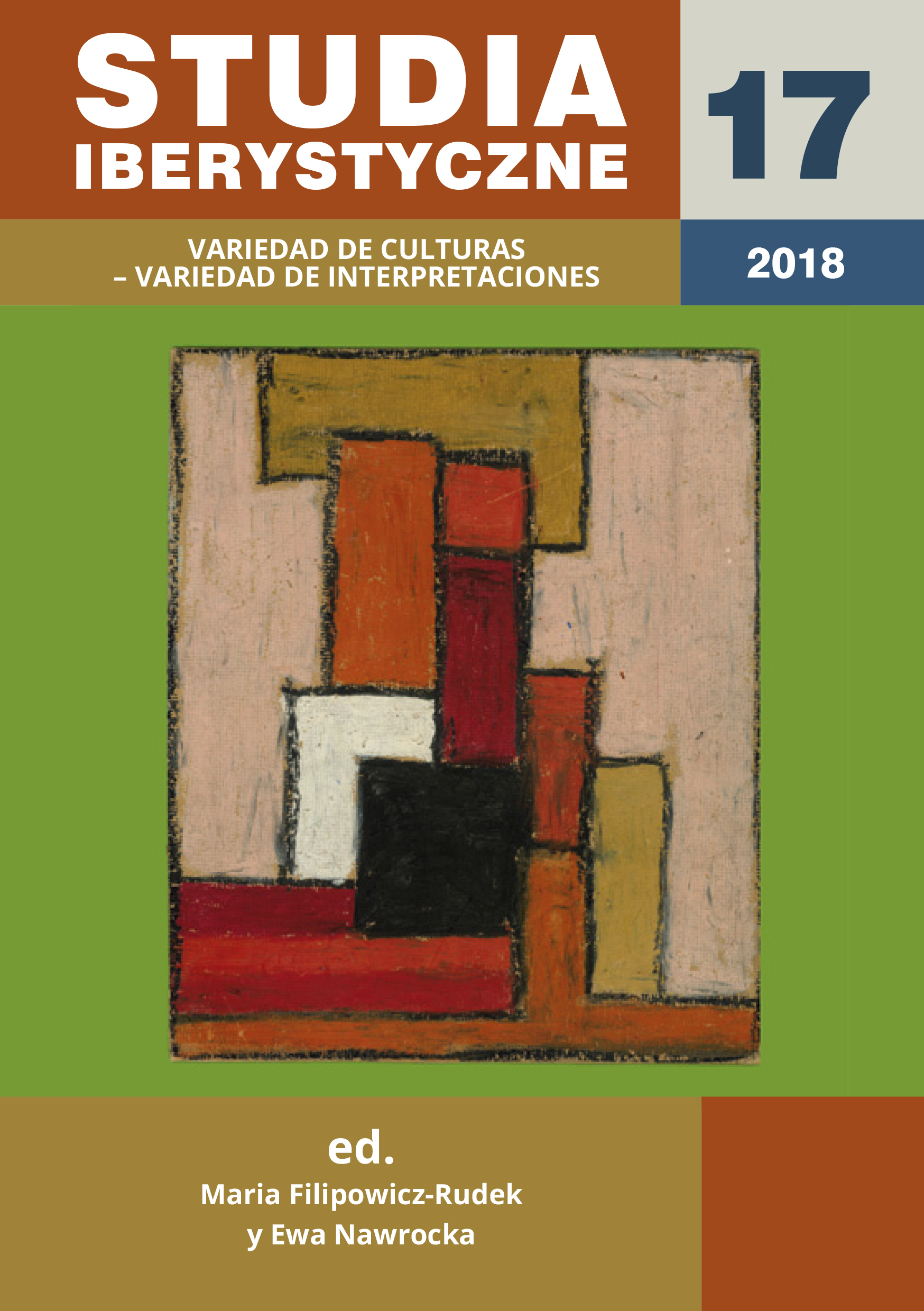La imagen del „otro” en la literatura argentina
The Image of “the Foreigner” in the Argentinian Literature
Author(s): Paulina WęgrzynSubject(s): Language and Literature Studies, Studies of Literature, Other Language Literature, Philology
Published by: KSIĘGARNIA AKADEMICKA Sp. z o.o.
Keywords: the image of foreigner; immigration; Argentinian literature
Summary/Abstract: Argentina was one of the American countries which recorded the largest percentage of immigrants arriving from Europe at the turn of the 19th and 20th centuries. The process of colonization started by white settlers (Spaniards) in the 16th century was finally finished in 1810 with the establishment of a new state of Argentina, a political unit which decided to reject the past with its whole colonial history, from the system of government to the elements of local cultures. The source of inspiration for a new country was Europe with its centuries-old various cultures and, as a result, it opened up for Europeans wishing to settle on the Argentinian territory. They were expected to introduce their culture and civilize the new homeland, but the reality was quite different. The newcomers, who were mainly working class, poor, uneducated and often illiterate people, came to Argentina to look for work and better living conditions, and instead of building a new culture they soon posed a threat to an emerging national identity. This reality was reflected in literature, especially in the works of writers, philosophers and legislators, in which the initial admiration for immigrants was soon replaced with the rejection and ‘the foreigner’. Thus, ‘the foreigner’, who previously symbolized intellectual values in almost every aspect of life, became an object of ridicule and quickly turned into a negative figure. With time, however, the attitude towards ‘the foreigner- destroyer’ changed and they grew to become a symbol of national identity.
Journal: Studia Iberystyczne
- Issue Year: 2018
- Issue No: 17
- Page Range: 237-256
- Page Count: 20
- Language: Spanish

